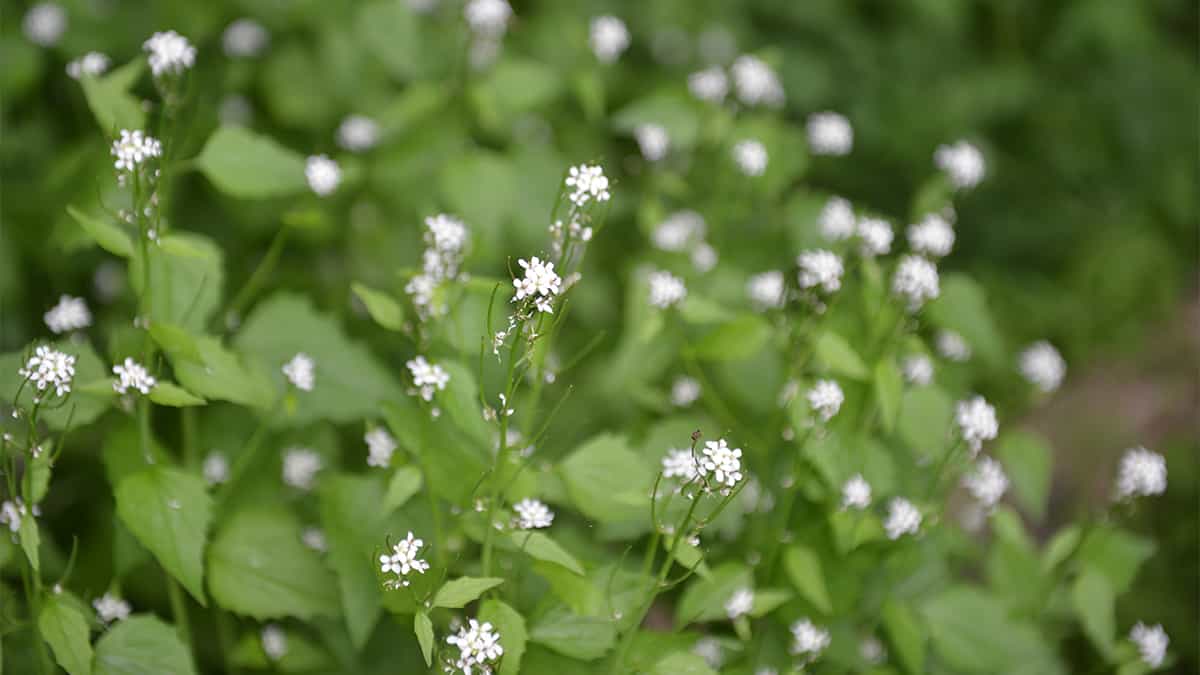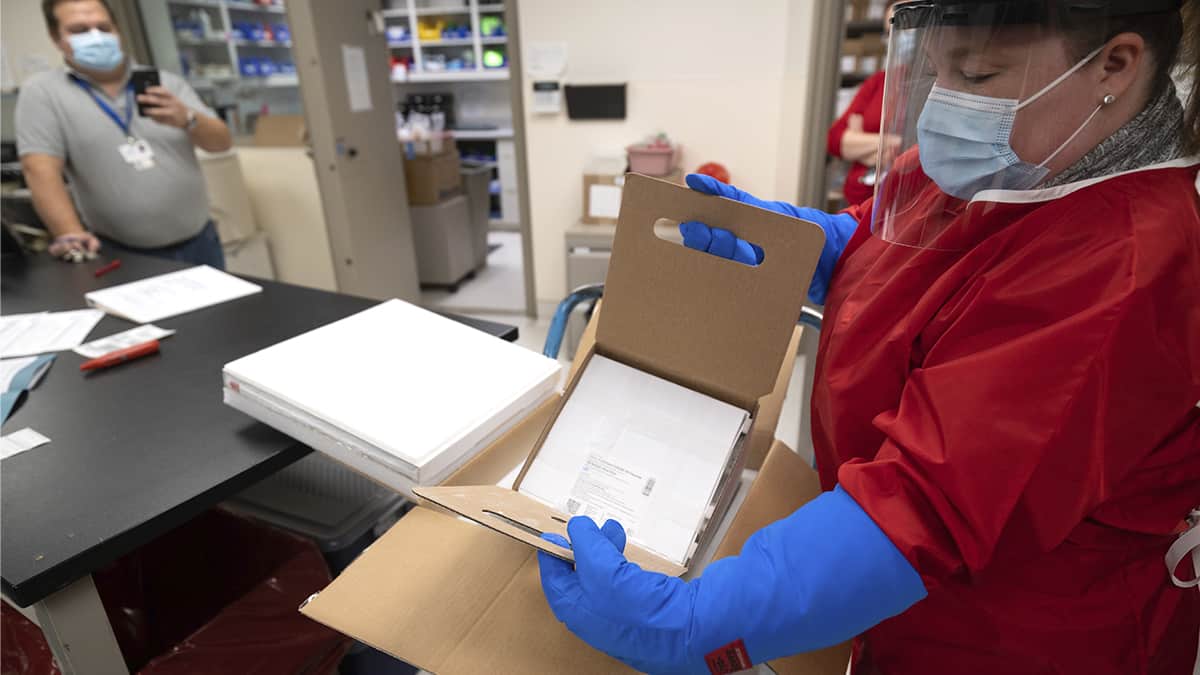Garlic mustard is a clear illustration of the adage that you can have too much of a good thing.
A tasty plant loaded with nutrients, garlic mustard has become a massively invasive species spreading across Waterloo Region. Fighting it is a losing battle at this point.
It is an annual but sometimes biennial, reproducing only by seed. It grows about three feet tall with small, white four-petal flowers in May and June. In the spring you may notice a rosette of kidney shaped leaves that are rounded but soon it bolts into a plant with narrow pointed leaves and a typical mustard appearance. One of the distinguishing features of this plant is the garlic odour of the leaves when crushed or chewed.
It was introduced to Canada from Europe as a cultivated plant, but spread into the wild and gradually spread across Ontario. The federal Invasive Species Centre says garlic mustard is one of the province’s most aggressive forest invaders, posing a threat to biodiversity.
“Garlic mustard grows in a wide range of habitats and spreads quickly along roadsides, trails, and fence lines. Seeds fall close to the parent plants and are rarely dispersed by wind or water. The main pathway for seed spread over long distances is through humans and pets. Within 5-7 years, garlic mustard can enter, establish itself, and become the dominant plant in the forest understory. This is achieved by dispersing chemicals within the soil that prevent the growth of other plants and grasses,” the centre reports of the plant.
Having noticed the surge in garlic mustard plants along area trails and waterways, Elmira resident Vivienne Delaney has been sounding the alarm.
Garlic mustard has been squeezing out native plants, and poses a longer-term risk to forested areas, particularly sugar maples in the area, she said.
While small patches of the plant can be eradicated by pulling it up until it disappears, that’s not an option for the massive build-up of plants along the likes of the Lions Ring Trail, Delaney said, suggesting some kind of volunteer blitz to cut down garlic mustard before it seeds in July and August.
“It’s going to destroy the ecology of this region. There’s so much of it, though, that it’s going to take at least five years to do anything about this,” she said, adding that the township should be collecting native plants and keeping them safe until they can be reintroduced to areas where garlic mustard is threatening other plants.
“We have to try to save those plants before they’re totally destroyed.”
Cutting the garlic mustard is a good first step, agrees Albert Hovingh, a stewardship planner with the Region of Waterloo.
“Weedwhackers can work providing the plants are whacked before they set seed (otherwise the seeds get spread far and wide) but it has to be done frequently in order to exhaust the plants nutrient reserves, and you also run the risk of whacking all the desirable plants. Herbicides (e.g. Roundup) can be used as well, but the application has to be done extremely carefully so as not to impact all of the other vegetation,” he said in an email.
He noted there are some community groups trying to get organized with the help of municipalities, but there is no region-wide organization.
In Woolwich, environmental coordinator Ann Roberts said there are some initial talks underway between local municipalities looking for ways to eradicate garlic mustard, which joins a list of invasive species that includes giant hogweed, goutweed, buckthorn and phragmites, among others.
To date, municipal efforts have been fairly limited, said Hovingh.
“Garlic mustard has been on our undesirables radar for many years. We have tried some limited control, but it’s very difficult to deal with once it escapes. Small patches can be pulled as they appear, but once it spreads it gets out of hand quickly. I suspect that the increased use of public woodland trails has helped increase its spread in the past year or so.”










